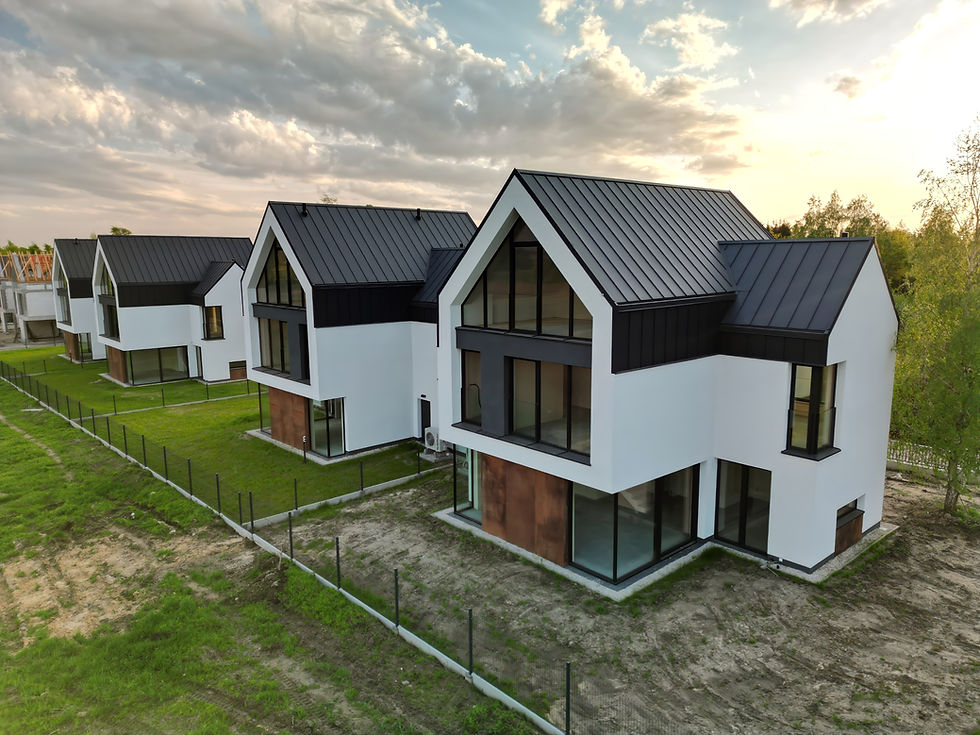Sympathetic structural adaptation preserving character and enabling reuse
A 19th-century building transformed through structural adaptation and sympathetic drainage design, preserving historic character while enabling modern use.

%20Strategy%20(7)_edited.png)
Structural reuse
%20Strategy%20(7)_edited.png)
Low-impact extension
%20Strategy%20(7)_edited.png)
Heritage retention
This project was all about working with what was already there. Adapting the existing structure to meet modern standards without stripping away its identity took care and creativity. It’s a good example of how structural engineering can support the reuse of heritage buildings in a way that feels respectful, not invasive.
Daniel Staines
Structural Engineer
The renovation of Old Milverton Hall demonstrates how structural engineering can enable the sustainable re-use of heritage assets.
Formerly an NHS clinic, the 19th-century building was converted into modern apartments and extended with care to match its original architectural character. JMS Engineers provided full structural and drainage design for the scheme, including new-build bungalows that complement the existing hall in scale and style.
Structural interventions were designed to preserve and protect original features wherever possible, ensuring the building met modern standards without compromising its historical value. A sensitive drainage strategy supported both the extension and the wider site, preserving views and minimising disruption to the setting.
This project reflects REFEA’s commitment to thoughtful reuse and low-impact design - showing how historical buildings can be made fit for the future without losing their identity.

Focus Areas
REFEA’s work is guided by six core principles that drive sustainable structural and civil engineering - turning practical design decisions into low-carbon outcomes across East Anglia.
Reuse First
Prioritising existing structures and materials to reduce waste and embodied carbon.

Early Design Collaboration
Involving engineers early to embed sustainability from concept to construction.

Low-Carbon Materials
Specifying materials with lower embodied carbon and designing for material efficiency.

Circular Design Thinking
Designing for adaptability, longevity, and future reuse from the outset.
%20Strategy%20(3)-min.png)
Integrated Drainage Solutions
Embedding SuDS into civil engineering for sustainable, climate-resilient developments.

Practical Sustainability
Delivering buildable, cost-conscious solutions that meet real environmental targets.

Sustainable
structures

east anglia
As structural engineers, we have a unique opportunity to influence how the built environment responds to the climate crisis. Reuse isn't just about saving materials - it's about rethinking value, preserving what works, and designing with long-term resilience in mind. Through REFEA, we hope to make reuse a more practical and achievable option on projects across East Anglia by sharing knowledge, highlighting viable approaches, and supporting early-stage design decisions.
Mark Weston
Structural Engineer, JMS Engineers
Knowledge is key to sustainable change. Explore our latest insights and technical resources:

Path to a Low-Carbon Built Environment
The built environment contributes nearly 40% of global carbon emissions, much of it through construction and materials. In East Anglia, reducing embodied carbon is critical to meeting sustainability goals. By reusing structures, designing efficiently, and integrating low-impact civil solutions, we can reshape how the region builds - and lead the way towards a net zero future.


%20Strategy%20(1)_edited.png)












